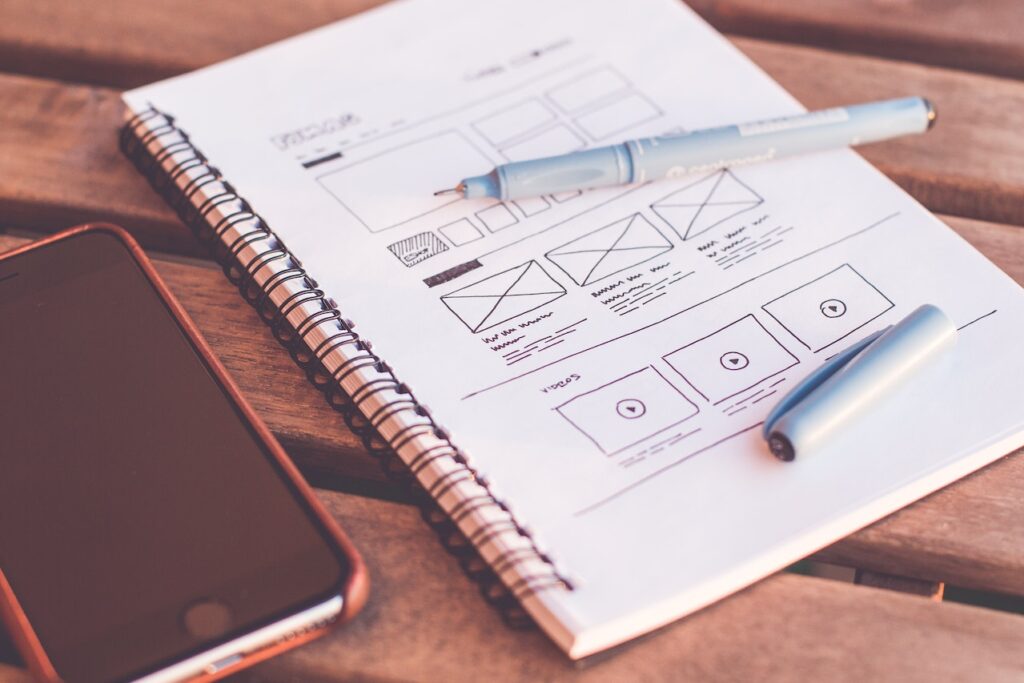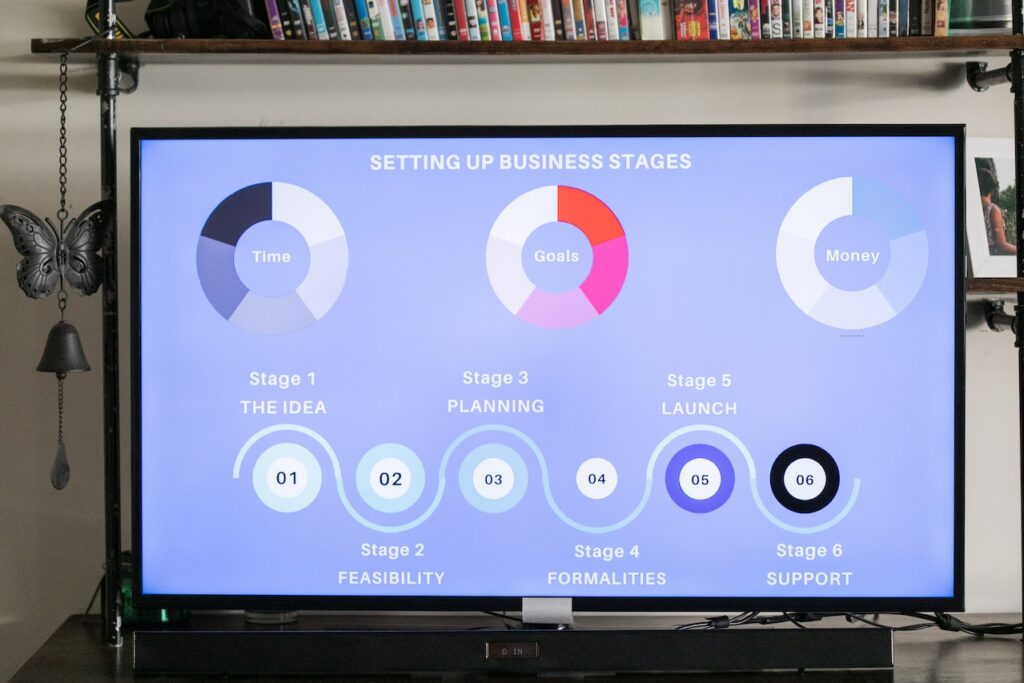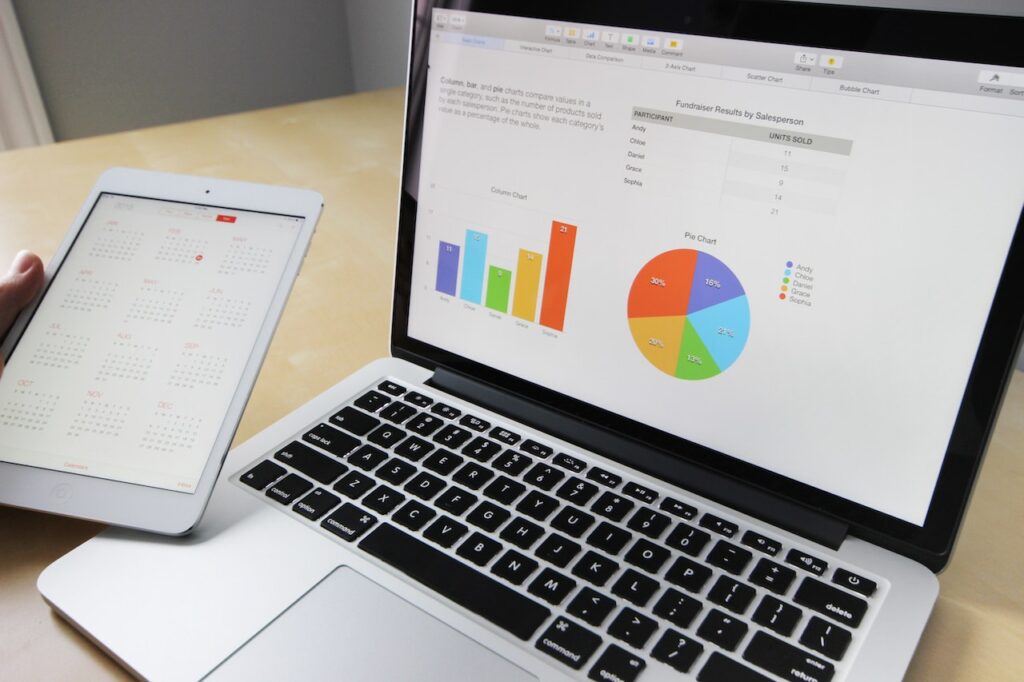Email marketing is a powerful tool for businesses to connect with their audience, build relationships, and drive conversions. However, to make the most out of email campaigns, marketers need to go beyond simply sending emails and hope for the best. Enter email marketing analytics – a crucial aspect of any successful email marketing strategy. In this article, we’ll delve into the significance of email marketing analytics, how it helps measure and optimize campaign performance, and how businesses can leverage this data to achieve better results.

The Importance of Email Marketing Analytics
Email marketing analytics involves tracking and analyzing various metrics related to email campaigns. This data provides valuable insights into how subscribers are engaging with your emails, the effectiveness of your campaigns, and areas for improvement. Without analytics, businesses would be operating in the dark, unsure of what resonates with their audience and what doesn’t.
Measuring Key Performance Metrics
Email marketing analytics provides a wealth of information, including open rates, click-through rates (CTRs), conversion rates, bounce rates, and unsubscribe rates. These metrics offer a comprehensive view of the campaign’s success and areas that need attention. For example, a low open rate may indicate a problem with the subject line or email timing, while a high unsubscribe rate may signal irrelevant content or excessive frequency.
Understanding Subscriber Behavior
Analytics go beyond just numerical data. They help you understand how subscribers interact with your emails and what content they find engaging. Tracking email click maps, heat maps, and time spent on emails can provide insights into what catches the reader’s eye and how they navigate through the content. Understanding subscriber behavior can help you tailor future campaigns to better suit their preferences and needs.
Segmenting and Targeting
Analytics allow you to segment your email list based on various criteria, such as location, behavior, purchase history, and more. By segmenting your audience, you can send highly targeted and personalized emails, which are more likely to resonate with recipients and drive higher engagement. Segmentation is a powerful strategy that can significantly boost your email campaign’s performance.
Optimizing Campaign Performance through Analytics
Once you have collected email marketing data, the next step is to leverage this information to optimize your campaigns and achieve better results. Here are some strategies to help you get started:
- A/B Testing: Experiment with different subject lines, content, CTA buttons, and send times to identify what works best. A/B testing allows you to make data-driven decisions and refine your emails for optimal performance.
- Personalization: Use the insights gained from analytics to create personalized content. Address subscribers by their names, recommend products based on their purchase history, and send relevant content to specific segments.
- Optimize Email Timing: Analyze data to determine when your audience is most active and responsive to emails. Sending emails at the right time can significantly impact open and click-through rates.
- Improve Email Design: Use data on email click maps and heat maps to understand how subscribers engage with your content. Optimize your email design to highlight the most important elements and make it visually appealing.
- Test Email Frequency: Analyze engagement metrics to determine the ideal frequency for your email campaigns. Sending too many emails can lead to subscriber fatigue, while too few may result in decreased engagement.
- Monitor Deliverability: Keep an eye on bounce rates and spam complaints to ensure your emails are reaching the inbox. Maintaining a clean and engaged email list is crucial for deliverability.
Email marketing analytics is an indispensable tool for modern businesses. It provides valuable data that can help measure the success of email campaigns, understand subscriber behavior, and optimize performance. By measuring key performance metrics, segmenting and targeting, and using A/B testing and personalization, businesses can leverage email marketing analytics to create more effective and engaging campaigns. Remember, the key to success lies in continually monitoring and analyzing data, making data-driven decisions, and adapting your email strategy accordingly. By doing so, you can unlock the full potential of email marketing and achieve remarkable results for your business.








